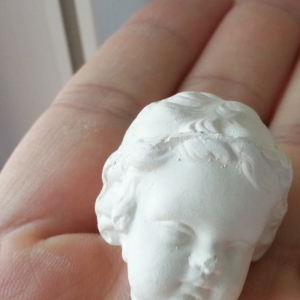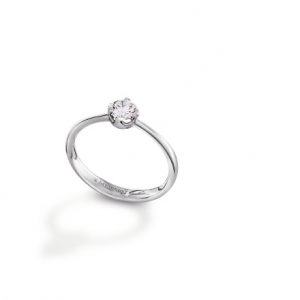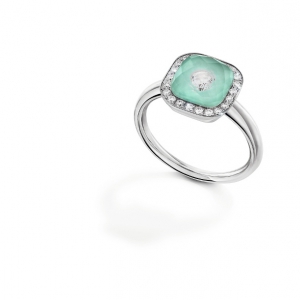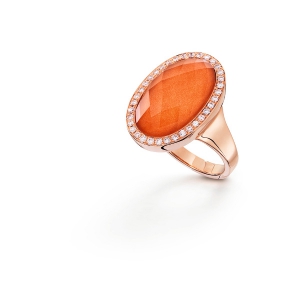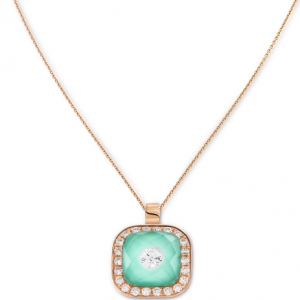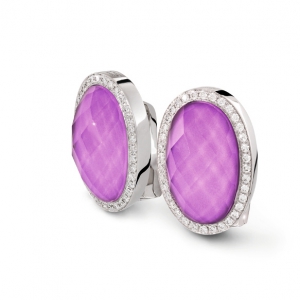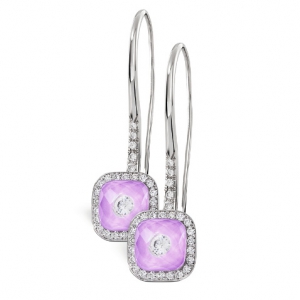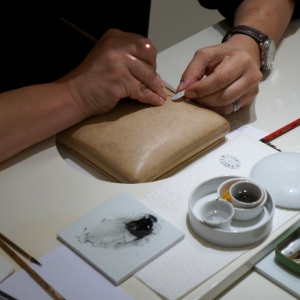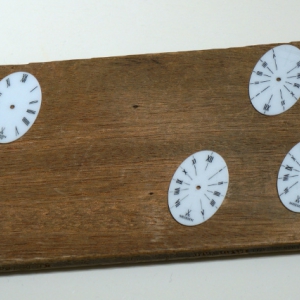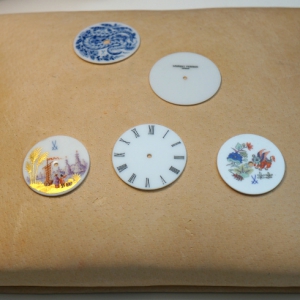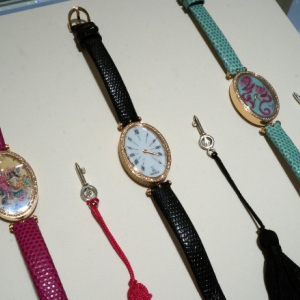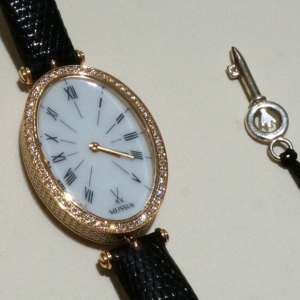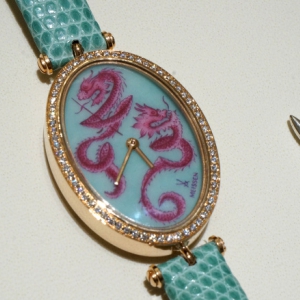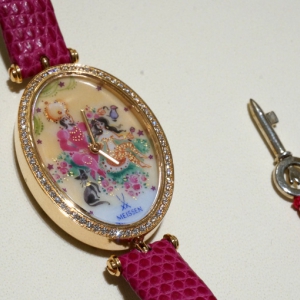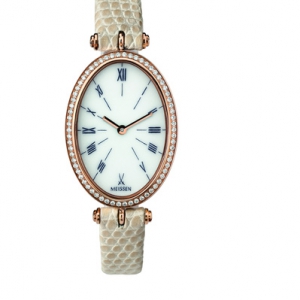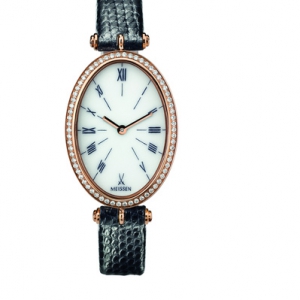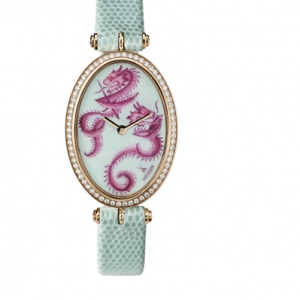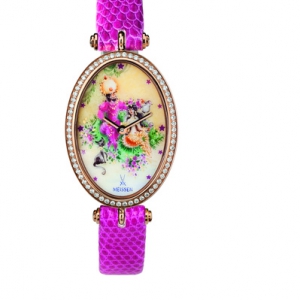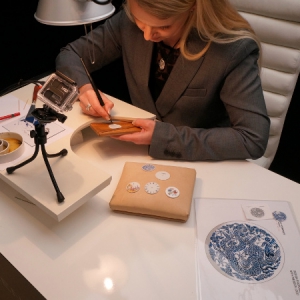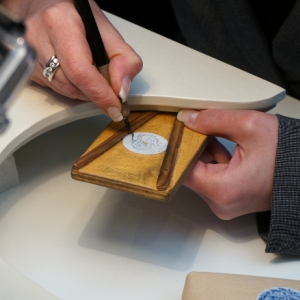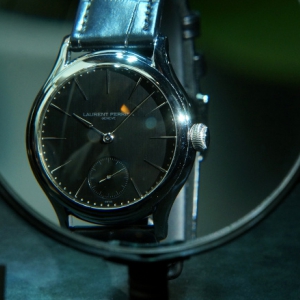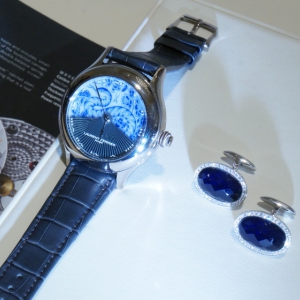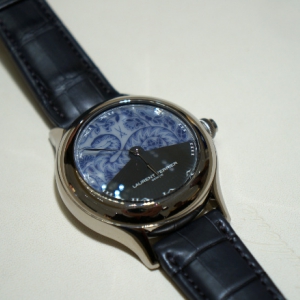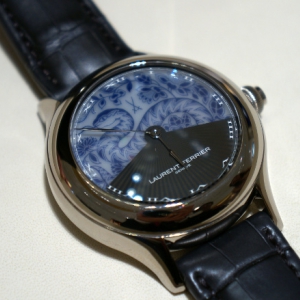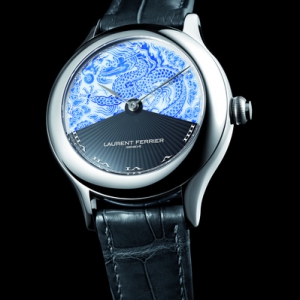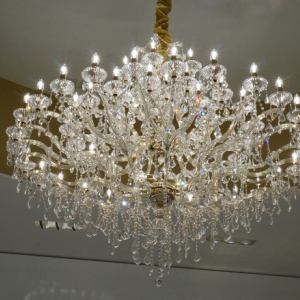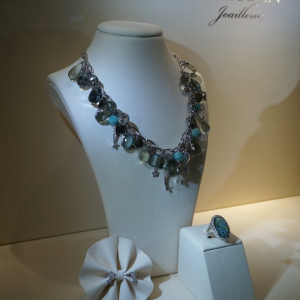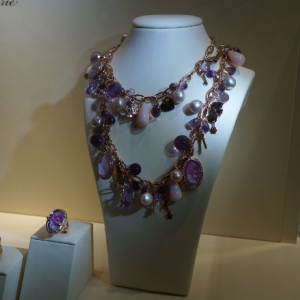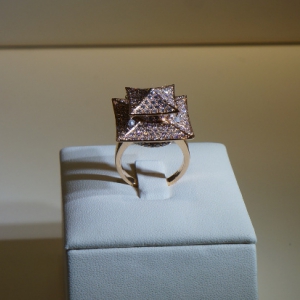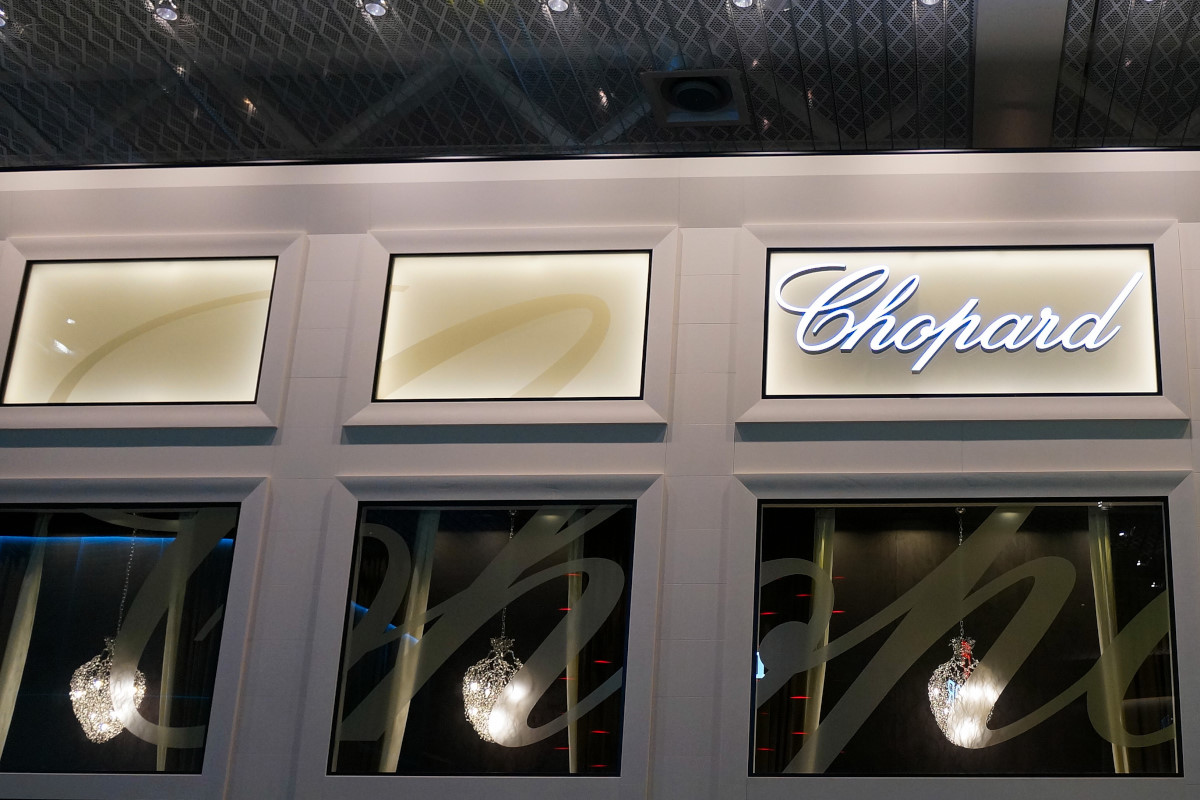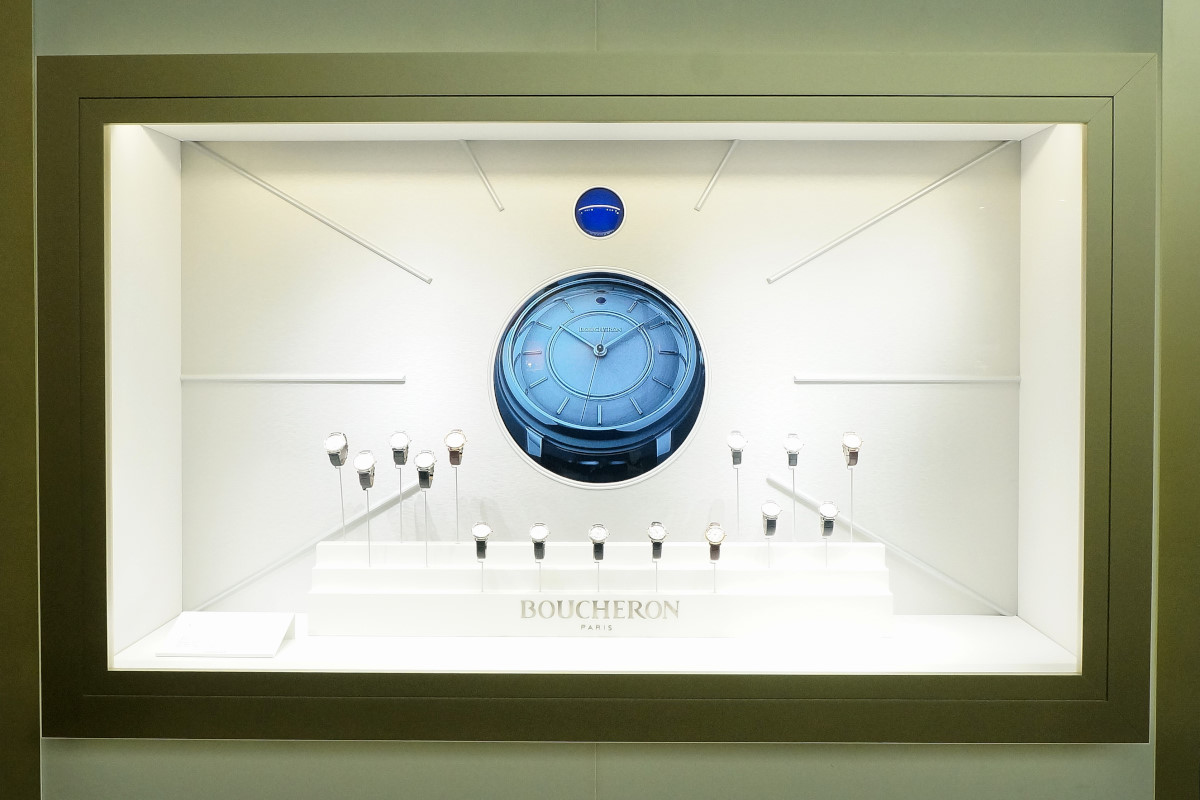Meissen Porcelain Manufactory, the company that made Europe’s first porcelain, was established in 1710. Albeit the origin of porcelain reaches as far back as 200 BC, the exact material was impossible to create in Europe for a long time. Legend has it that the German alchemist, Johann Friedrich Böttger was imprisoned by Augustus the Strong, Elector Prince of Saxony and King of Poland and was ordered to produce gold. He was supervised by Ehrenfried Walther von Tschirnhaus in this venture, who was at the same time experimenting with developing the exact compound for porcelan. After the sudden death of Tschirnhaus in 1708 Böttger inherited the secret recipe. To this day it is not clear who we can thank for the appearance of “white gold” in Europe but nonetheless the manufactory was established in 1710.
Thus at the onset of the 18th century the production of the porcelain mixture was shrouded by great secrecy, only a small handful of employees were familiar with the exact materials of the unique compound, moreover they were mostly only familiar with parts of the process. For this reason initially they used the royal monogram or the royal porcelain manufacture abbreviation to signify the original products. The brand’s logo, depicting crossed swords, was introduced in 1720, and it has been in regular use since 1731. It is an interesting fact that this brand signage is one of the oldest trademarks in the world.
In 1861 the porcelain factory moved to the Triebisch valley, where it continues to operate to this day. In my childhood I had the opportunity to visit the factory during an excursion, where I was able to observe the fascinating steps of porcelain production. As I child perhaps I was a little less appreciative of the outstanding expertise of the porcelain makers, however I was overjoyed when they gave me the half-finished head of a porcelain figurine as a gift. My other memory is that my mother’s favourite dinnerware set was the “Blue Onion” pattern and although many pieces have been broken over the years, I am sure a few still remain to this day…
The Meissen story encompassing three centuries is far from over, the company has repositioned the Meissen brand in 2012 and created an entire lifestyle group around the core of the brand: MEISSEN® HOME® and MEISSEN HOME® deco, MEISSEN® Fine Art & artCAMPUS, as well as MEISSEN® Joaillerie.
The jewellery line introduced two collections this year.
The “my little Mystery” collection is elegant, refined and feminine, but far from being ostentatious. The rings, earrings, bracelets and pendants in the three “my little Mystery” product lines “Diamond”, “Glamour” and “Jewels” use a mix of diamonds and white or rose gold with pastel-coloured gemstone-shaped Meissen Porcelain.
The white gold engagement and wedding rings of the “Bridal Collection” revive iconic Meissen creations such as the “Crossed Swords”, “Royal Crowns” and “Royal Blossom Collection”.
We could see several jewel watches at Baselworld with hand-painted dials. The “Roman Numerals” watch case is rose gold, set with diamonds and is available with black, red and cream coloured strap. The dials of the mint green and pink patterned Lucky Dragon as well as the fuchsia-orange tone Arabian Nights are adorned with miniature paintings.
The true speciality however was the coproduction project with the Swiss Laurent Ferrier. This year Meissen and Laurent Ferrier introduced two one-of-a-kind Galet Secret watches with a tourbillon double balance spring calibre. At first glance the “Galet Secret Tourbillon” is a refined, elegant black watch. However the dial of the watch is a thin porcelain layer that is hand-decorated by the porcelain painters. One of the watches features a dragon, the other a snake with cobalt blue porcelain paint. The porcelain dial is hidden by a dark fan that opens at particular settings to reveal the masterpiece.
If they wish, in the future, clients around the globe will be able to have their own dials designed individually to their taste. For 2014, both companies announced plans for their first joint horlogerie collection. ‘Thanks to our cooperation with Laurent Ferrier, we have access to watchmaking expertise in the top segment – and can work independently of the major luxury groups,’ explains Meissen CEO Dr Christian Kurtzke about the strategic dimension of the partnership.
Visitors to the booth were able to admire an artist at her workbench, engaged in the meticulous decoration of the famous porcelain dials and thus offering a magnificent demonstration of this age-old technique. After the dragon featured on a previous model, this dial illustrates another reptile: a snake with a piercing gaze that is depicted undulating across a flowerbed. Hand-painted in cobalt blue against an immaculate white porcelain background, this serpent may be concealed at will under an opaque sapphire crystal, according to the ingenious opening and closing principle of the Galet Secret line.
Photo credits: Meissen, Loupiosity.com.
All registered trademarks are property of their respective owners.
All rights reserved.


